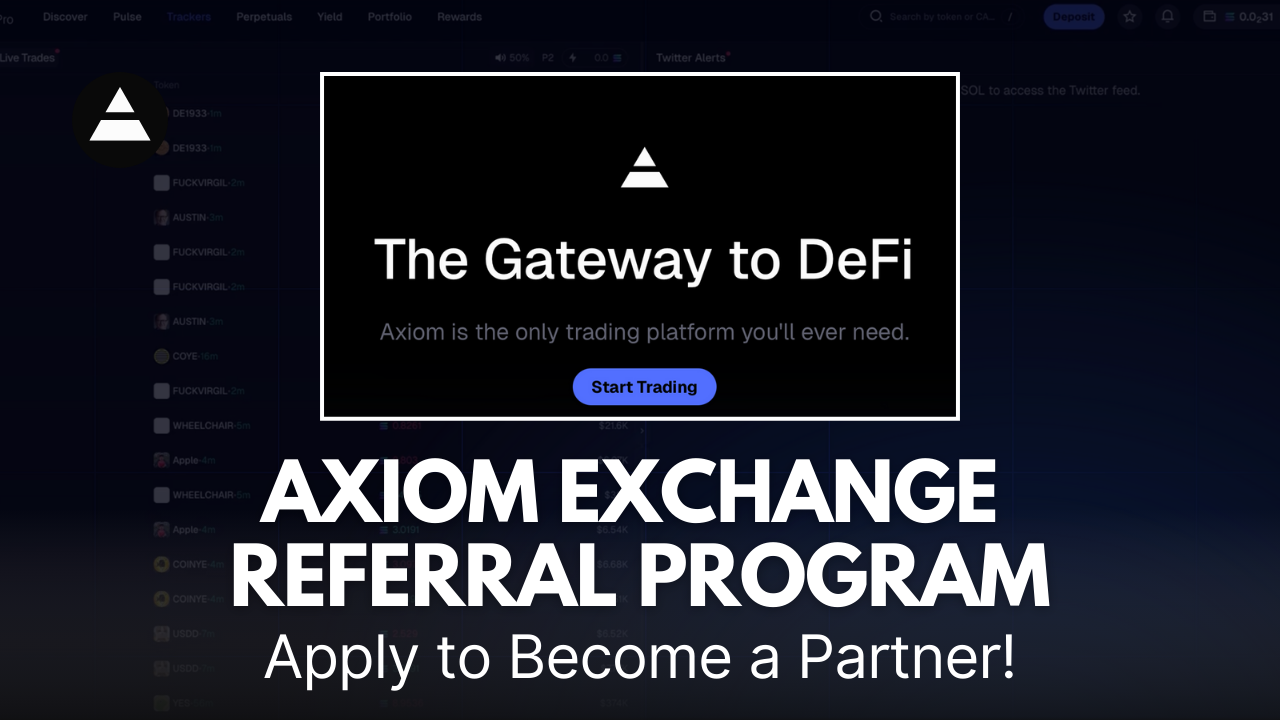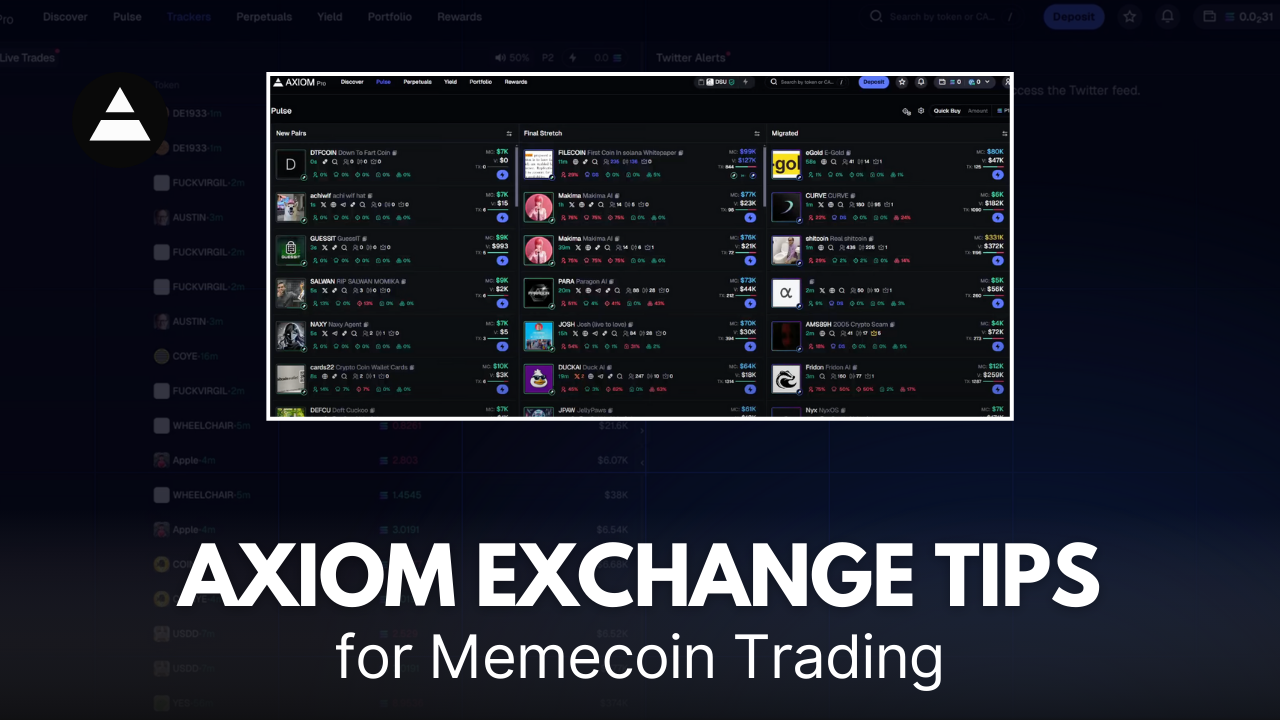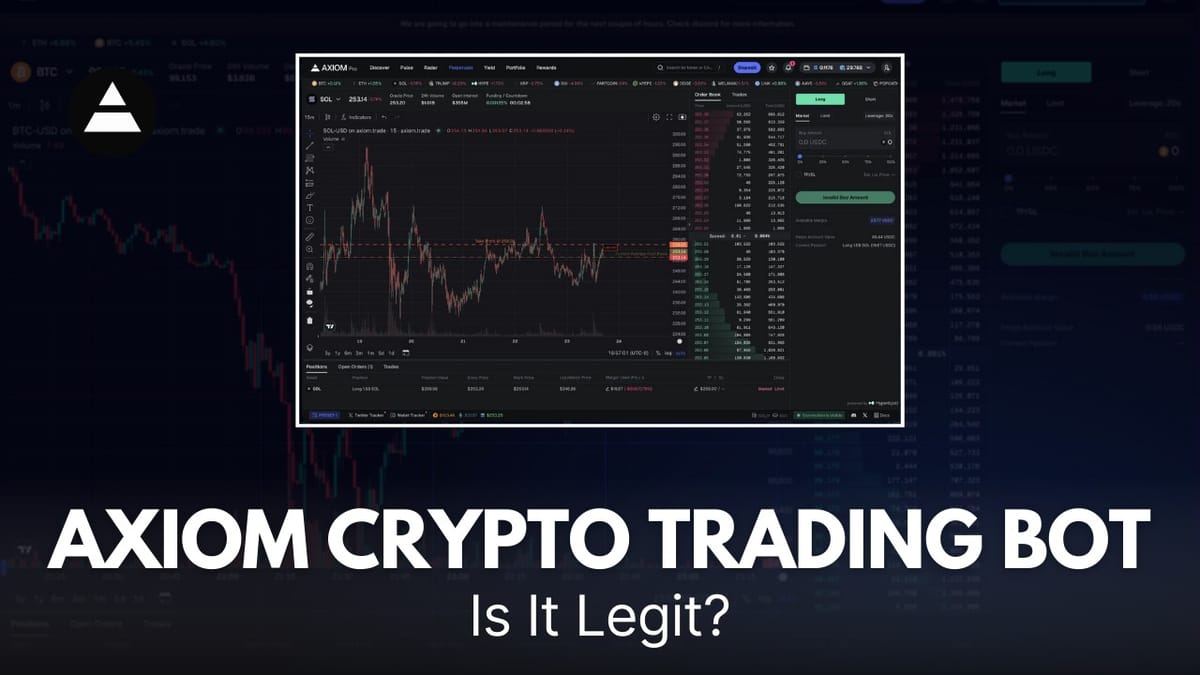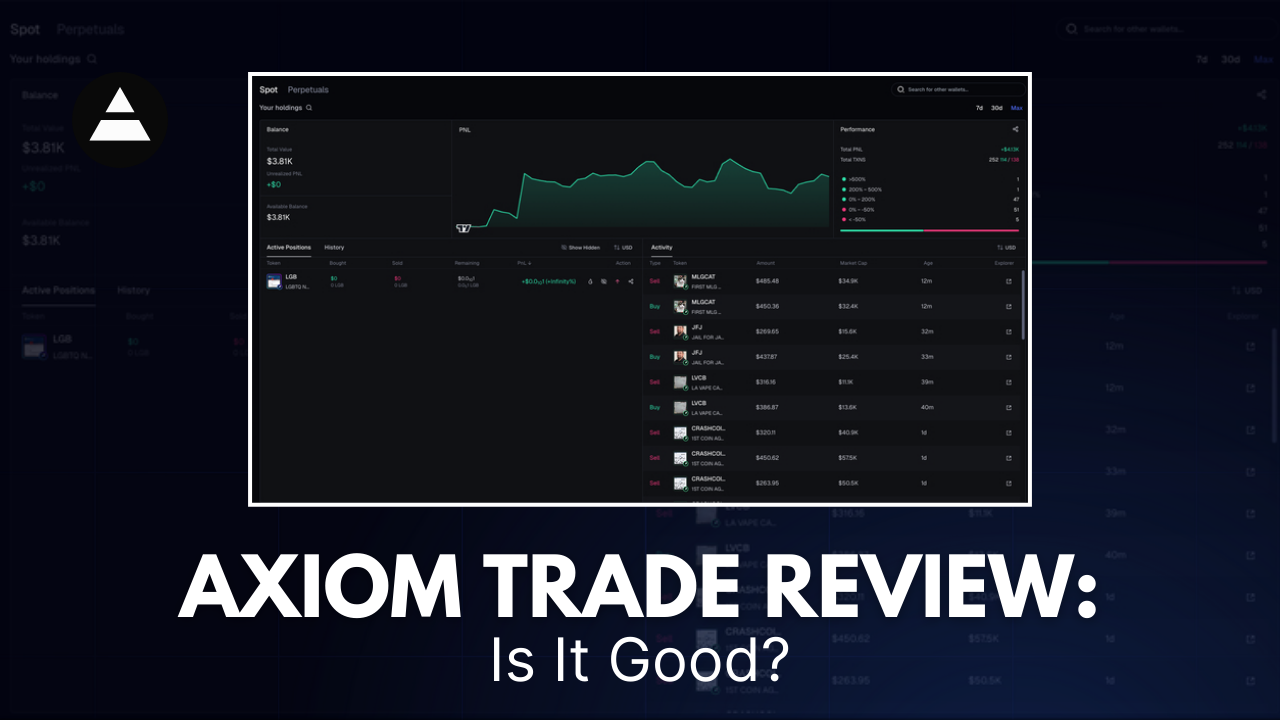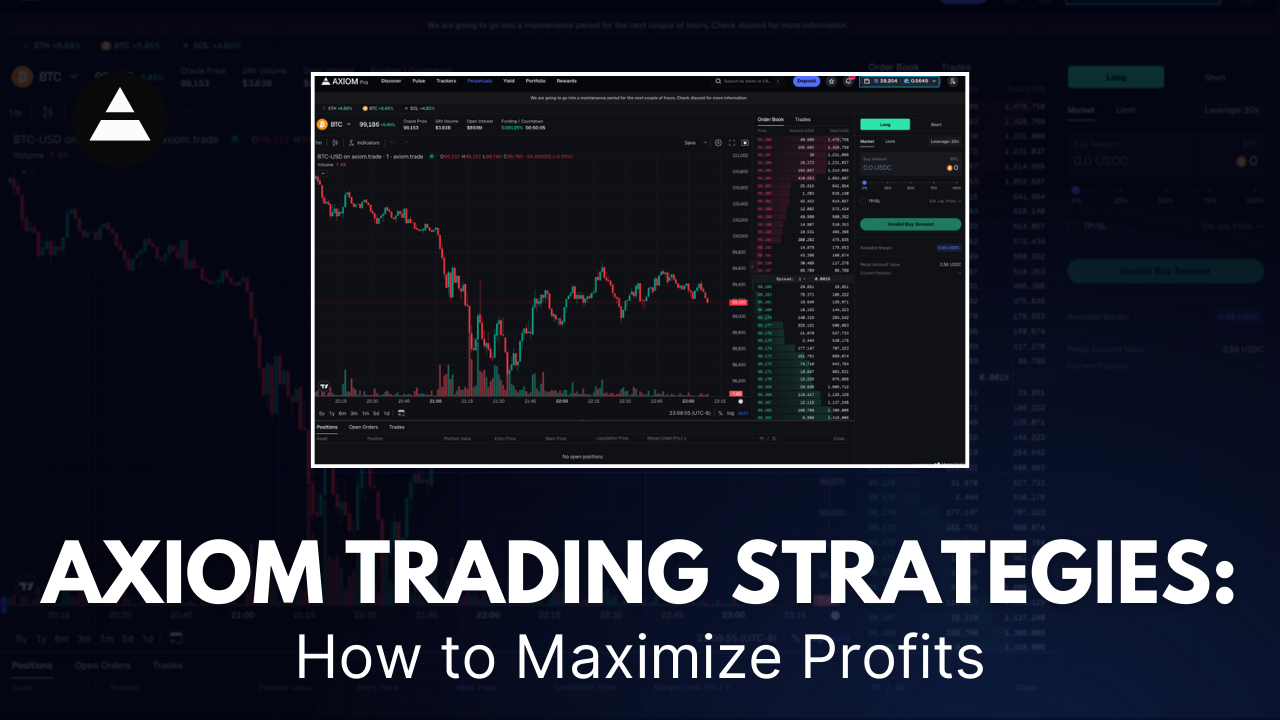Trading Bot Scams You Should Know About
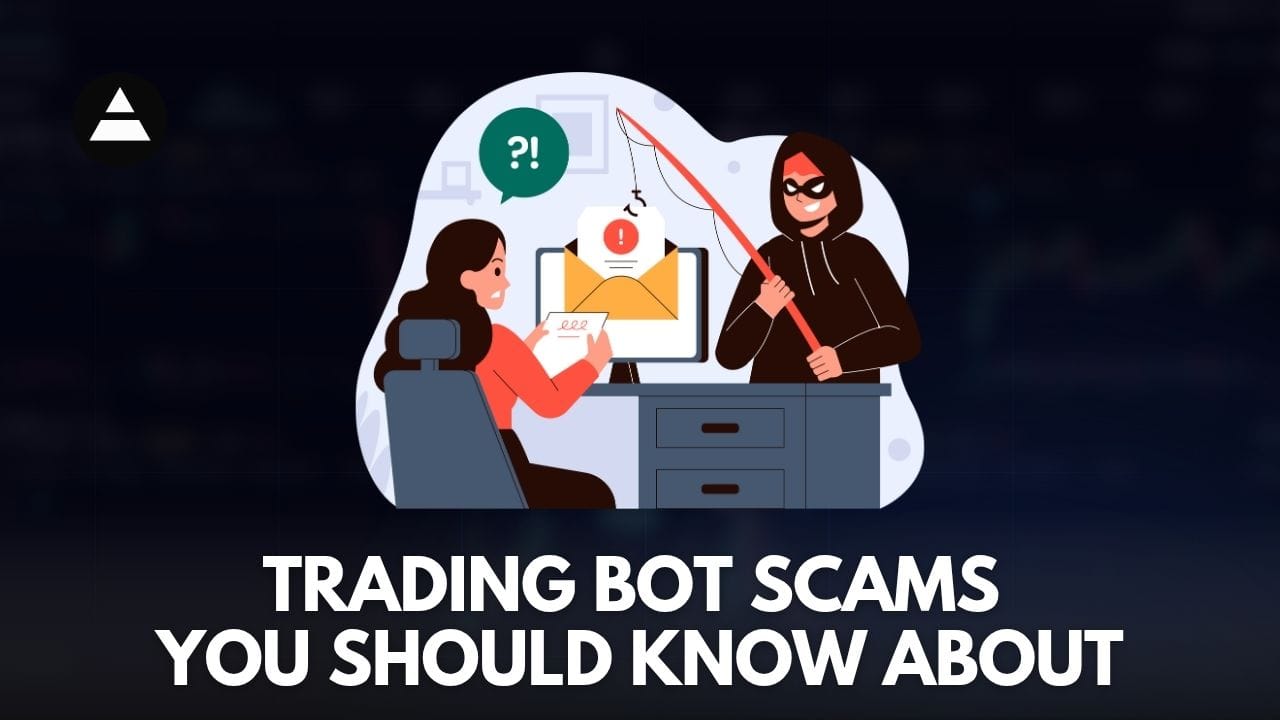
You've probably heard about trading bots promising to make you rich overnight.
It sounds great, right?
But before you jump in, you need to know about the trading bot scams you should know about.
Many are out there, and they can cost you a lot of money.
This article will help you spot them and keep your investments safe.
Key Takeaways
- Many trading bot promotions use misleading claims and red flags, like unrealistic profit promises, to trick people.
- Deceptive bots often hide how they work and pressure you to invest fast, making it hard to check their performance.
- Always do your homework before investing in a bot, check reviews, and understand if the bot provider is legitimate.
- Trading on unregulated platforms with unverified bot providers is risky; know the importance of regulatory compliance.
- Protect yourself by looking closely at a bot's technology, what others say about it, and how secure the application is.
Understanding Trading Bot Scams You Should Know About
It's easy to get drawn into the idea of automated trading.
Who wouldn't want a bot to handle the complexities of the market, potentially making you money while you sleep?
This allure is exactly what scammers prey on.
They promise quick riches and effortless profits, often using flashy marketing to reel you in.
But before you jump in, it's important to know what to look out for.
The Allure of Automated Trading
Automated trading, or algorithmic trading, uses computer programs to execute trades at high speeds based on pre-set instructions.
The idea is to remove human emotion from trading and capitalize on market inefficiencies.
Tools like Axiom Trade aim to provide sophisticated features for traders, including tracking influencer trends on platforms like Twitter to spot potential market shifts.
This can be a legitimate way to gain an edge, but it also opens the door for scams.
Common Red Flags in Bot Promotions
When you see promotions for trading bots, keep an eye out for certain warning signs.
Guarantees of extremely high, consistent returns are a major red flag.
Legitimate trading involves risk, and no bot can guarantee profits.
Also, be wary of bots that claim to have a secret or foolproof method. If it sounds too good to be true, it probably is.
Look for transparency about how the bot actually works and what risks are involved.
Remember, understanding investment scams is key to protecting your money.
Identifying Unrealistic Profit Claims
Scammers often display fabricated testimonials or show doctored screenshots of massive profits.
They might claim their bot can predict market movements with perfect accuracy.
Real trading bots operate within probabilities and risk management, not certainty.
For instance, while some bots might help detect market manipulation like pump-and-dump schemes, they can't eliminate all risk.
Always question any bot that promises guaranteed returns or claims to be immune to market downturns.
It's wise to be skeptical of any platform that doesn't clearly outline the risks associated with trading.
Recognizing Deceptive Trading Bot Tactics
Misleading Performance Statistics
Scammers often present fabricated or cherry-picked data to make their trading bots look incredibly successful.
You might see claims of astronomical daily or weekly returns that simply aren't realistic in the trading world.
Always be wary of bots promising guaranteed high profits with little to no risk.
They might show impressive charts, but these are often backtested on historical data or manipulated to show only winning trades.
For instance, a bot might claim a 90% win rate, but fail to mention the size of the losses or how often stop-losses are hit.
It's important to remember that past performance is never a guarantee of future results, especially in the volatile crypto market.
When evaluating a bot, look for transparency about its methodology and actual, verifiable trading history, not just hypothetical scenarios.
If a bot provider can't show you live, audited results, that's a major red flag.
Lack of Transparency in Bot Operations
Legitimate trading bots are usually open about how they work.
They'll explain the trading strategies, the algorithms used, and the risk management protocols in place.
Scammers, on the other hand, tend to be very vague.
They might use technical jargon to confuse you or simply refuse to disclose any details about the bot's inner workings.
You might hear about a bot that uses 'advanced AI' or 'proprietary algorithms' without any explanation of what that actually means.
For example, the Axiom Trade Bot provides details on its strategy and how to configure it, allowing users to understand its approach.
If a bot provider is secretive about its operations, it’s a strong indicator that they have something to hide.
This lack of transparency extends to their support and communication channels as well; expect slow responses or unhelpful answers when you try to get clear information.
Pressure to Invest Quickly
Scammers often create a sense of urgency to push you into making a quick decision before you have time to do proper research.
They might use phrases like 'limited-time offer,' 'only a few spots left,' or 'get in before the price goes up.'
This tactic is designed to bypass your critical thinking and exploit your fear of missing out (FOMO).
A legitimate investment opportunity will always allow you ample time for due diligence.
Don't let anyone rush you into depositing funds.
Take your time, ask questions, and verify everything independently.
If you feel pressured, it's almost always a sign that something is wrong.
Remember, the crypto space is full of opportunities, and rushing into a bad deal means you'll likely miss out on better, safer ones later.
Protecting your capital from these cryptocurrency scams means staying calm and making informed choices.
Protecting Your Capital from Bot Fraud
When you're looking to protect your money from trading bot scams, the first step is always doing your homework.
It sounds simple, but you'd be surprised how many people skip this.
You need to really dig into any platform or bot before you hand over any cash.
Think about it: would you give your money to a stranger on the street who promised you riches?
Probably not.
The same logic applies here.

Due Diligence Before Investing
Before you even think about using a trading bot, ask yourself some questions.
- Who is behind this bot?
- Can you find real people, real contact information?
If a bot promises insane returns, like 100% in a day, that's a massive red flag.
Legitimate trading is hard work, and consistent, high returns are rare.
You should also look for reviews, but be careful – fake reviews are everywhere.
Try to find independent reviews on forums or trusted crypto news sites.
Remember, if it sounds too good to be true, it almost always is.
It's important to research platforms thoroughly before committing funds, and always use regulated brokers when possible.
Avoid sharing your account details with anyone to safeguard your investments.
Verifying Bot Legitimacy and Reviews
How do you actually check if a bot is legit?
Look for transparency.
- Does the bot provider explain how the bot works?
- Do they show real, verifiable trading history, not just screenshots?
Many scam bots will show impressive performance charts, but these are often faked or cherry-picked. For example, if you're looking at something like the axiom pro bot, you'd want to see how it actually performs in different market conditions, not just in backtests.
Check if they offer an axiom invite code – sometimes these are used to create a sense of exclusivity, but it can also be a way to track users or create a referral pyramid.
Be wary of overly aggressive marketing tactics. If they're pushing you to invest quickly, that's another warning sign.
Understanding Custodial vs. Non-Custodial Solutions
This is a big one.
A custodial solution means someone else holds your private keys and therefore your crypto.
A non-custodial solution means you hold your own keys.
For trading bots, this is super important.
If a bot provider is custodial, and they go bust or are a scam, your funds could be gone forever.
Platforms like Axiom are designed to be non-custodial, meaning your assets are always under your control.
This is a huge security advantage.
You can buy crypto through their partnership with Coinbase, and they support Solana with plans for more chains.
They use top-tier security to make sure your assets are safe and always yours.
It’s about keeping control of your own digital assets.
The Dangers of Unregulated Trading Platforms
When you're looking at trading bots, especially in the crypto space, you'll run into a lot of platforms that aren't really regulated.
This can be a big problem.
Without oversight, there's no one to really hold them accountable if things go wrong.
Think about it: if a bot provider disappears with your funds, or if their platform is full of holes, who do you complain to?
Often, there's no one.
This is where platforms like Axiom Trade try to offer a different approach, focusing on user control and security, but many others don't.
Risks Associated with Unverified Bot Providers
Unverified providers are basically a black box.
You don't know who's behind them, how they're actually making money, or where your invested capital is going.
They might show you some flashy performance numbers, but without any independent verification, these figures are just claims.
It's like trusting a stranger with your life savings based on a handshake.
You might get lucky, but the odds are usually stacked against you.
These providers often operate in a legal gray area, making it incredibly difficult to recover any lost funds if they turn out to be fraudulent.
The Importance of Regulatory Compliance
Regulatory compliance is what separates legitimate financial services from scams.
When a trading platform or bot provider is regulated, it means they have to follow strict rules designed to protect consumers.
This includes things like capital requirements, transparent reporting, and security standards.
For example, a regulated entity would typically have to prove they have safeguards in place to prevent unauthorized access to user accounts.
While the crypto world is still evolving in terms of regulation, sticking with providers who at least aim for compliance, or operate within jurisdictions with clear financial laws, is a safer bet.
It gives you a legal recourse if something goes sideways.
How to Report Suspicious Trading Activities
If you suspect a trading bot or platform is a scam, don't just walk away.
Reporting it can help prevent others from falling victim.
The process varies depending on where you are and the type of asset involved.
For crypto-related scams, you can often report them to the relevant blockchain analytics firms or even law enforcement agencies that specialize in cybercrime.
Many exchanges also have reporting mechanisms for suspicious tokens or activities.
If the platform is based in a country with financial regulators, you can file a complaint with them.
Documenting everything – communications, transaction records, and any promises made – is key when you report suspicious activities.
It's about making the ecosystem safer for everyone.
Advanced Strategies for Spotting Trading Bot Scams
When you're looking at trading bots, especially in the fast-paced crypto world, it's easy to get caught up in the hype.
But you need to be smart about it.
Let's talk about some advanced ways to spot scams before they get your money.
Analyzing Bot's Technical Infrastructure
Think about how a bot is built.
Does it seem solid?
Scammers often put together flimsy systems that can't handle real-world trading.
Look for bots that talk about their tech.
For example, a tool like Axiom is built with specific features like a 'Bundle Checker' to help you see what's really happening on the blockchain.
This kind of transparency in their technical setup is a good sign.
If a bot just says 'it's advanced' without explaining how, that's a red flag.
You want to see evidence of real development, not just marketing talk.
A bot's underlying technology can tell you a lot about its legitimacy.
Evaluating Community Feedback and Support
What are other users saying?
Scammers hate real feedback.
Check out forums, social media, and review sites.
Are people praising the bot's performance, or are they complaining about losses and poor support?
Be wary of bots with only perfect, overly enthusiastic reviews – they might be fake.
Look for discussions where people are genuinely trying to figure things out, asking questions, and sharing tips.
A bot that has a real community around it, even with some constructive criticism, is usually a better bet than one with silence or only fake praise.
You can often find discussions about tools like Axiom where users share their experiences and strategies.
The Role of Security in Trading Applications
Security is huge.
If a bot asks for too much access to your accounts or your crypto wallet, be very careful.
Legitimate trading bots will usually connect via APIs with limited permissions, or use non-custodial solutions where you always keep control of your funds.
For instance, Axiom emphasizes its non-custodial infrastructure, meaning you retain control of your assets.
If a bot wants you to send your crypto directly to them, that's a massive warning sign.
Always prioritize applications that protect your private keys and offer secure ways to connect, rather than demanding direct custody of your funds.
It's about keeping your capital safe, and that starts with understanding how the bot handles your assets.
Navigating the Landscape of Crypto Trading Tools
When you're looking at the tools available for crypto trading, it can feel like a jungle out there.
Lots of platforms promise the moon, but not all of them deliver.
It's important to know how to tell the difference between a helpful tool and something that's just going to waste your time or worse, take your money.
Differentiating Legitimate Tools from Scams
First off, a legitimate trading tool will be upfront about how it works.
You should be able to find clear information about its features, security measures, and the team behind it.
Be wary of anything that's vague or overly secretive.
For example, a tool that claims to have a secret algorithm for guaranteed profits is a huge red flag.
Real tools focus on providing efficient execution, data analysis, or automation, not magic formulas.
Always look for transparency regarding fees, data sources, and operational logic.
If a platform like Axiom Trade is promoting itself, you'll likely find details about their integrations and security, like their non-custodial approach, which means you keep control of your assets.
The Functionality of Multi-Chain Trading Platforms
Many traders today work across different blockchains, and that's where multi-chain platforms come in.
These tools aim to consolidate your trading activity into one place, saving you the hassle of switching between different wallets and exchanges.
Imagine being able to manage your Solana and Ethereum assets from a single interface.
This is the kind of convenience that platforms like Axiom are building towards.
They often integrate with various decentralized protocols, allowing you to execute trades, track wallets, and monitor market activity across multiple chains without leaving the app.
This can really streamline your workflow, especially if you're active in different crypto ecosystems.
Securing Your Digital Assets with Hybrid Wallets
When you're trading, especially with bots or automated tools, security is paramount.
A hybrid wallet, like the one offered by Axiom, combines the convenience of a user-friendly interface with the security of a non-custodial solution.
This means you hold your private keys, giving you full control over your funds.
Unlike custodial services where a third party holds your assets, a non-custodial wallet ensures that only you can access your crypto.
This is a critical distinction when evaluating trading tools.
You want to be sure that your investments are protected, and that the platform itself isn't a single point of failure.
Checking out reputable crypto exchanges can also give you a sense of what good security practices look like in the industry.
Figuring out the best tools for crypto trading can feel like a puzzle.
There are many options out there, each with its own features to help you make smart moves.
From tracking prices to analyzing trends, these tools can make a big difference in your trading journey.
Conclusion
So, we've talked about some of the ways trading bots can go wrong, and how some folks try to pull a fast one.
It's a lot to keep track of, right?
The main thing is to do your homework before you put any money down.
Look into who's behind the bot, see if they're upfront about how it works, and don't just trust flashy promises.
If something sounds too good to be true, it probably is.
Keep your wits about you, stick to what you understand, and you'll be in a much better spot to protect your hard-earned cash.
Frequently Asked Questions
What exactly is a trading bot, and how can it be a scam?
Think of trading bots as computer programs that make trades for you automatically based on certain rules. They can be super fast, but sadly, some people create fake ones to trick you out of your money. These scams often promise huge profits really quickly, which is usually too good to be true.
What are some common signs that a trading bot might be a scam?
Watch out for bots that promise you'll get rich overnight or make massive amounts of money with no effort. If they pressure you to invest right away or don't clearly explain how the bot works, that's a big warning sign. Also, be skeptical if they show fake success stories or don't let you see real, verifiable results.
How can I check if a trading bot is real and not a scam?
Always do your homework before putting your money into any trading bot. Look for reviews from other users, check if the company behind the bot is legit and if it's registered with any financial authorities. If you can't find much information or the information seems shady, it's best to stay away.
What's the deal with multi-chain trading platforms?
Trading on different blockchains, like Ethereum or Solana, used to be a hassle because you had to use separate apps. Platforms like Axiom are designed to let you trade on many blockchains all in one place. They're like a central hub for all your trading needs across different crypto networks.
What is Axiom, and how does it keep my crypto safe?
Axiom is a special kind of tool that acts as both a trading app and a crypto wallet. It uses strong security, like keeping your money in your own control (non-custodial), to keep your digital money safe. You can even buy some crypto through them without needing to show lots of personal ID.
How does Axiom help me earn money and avoid scams?
Axiom helps you earn extra money on your crypto, sort of like earning interest, with up to 15% yearly earnings. Plus, they have a cool feature called the 'Bundle Checker' that helps you spot tricky trading patterns that scammers might use. It's all about making trading clearer and safer for you.
More Axiom Trade Guides:
